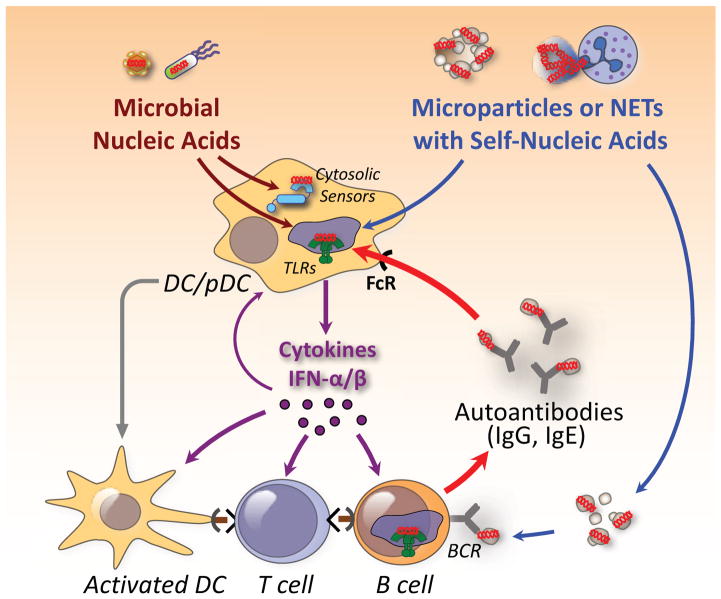Figure 3. Pathways by which self and foreign nucleic acid sensors promote autoimmunity.
It is postulated that self-nucleic acids in microparticles released from dying cells or in neutrophil extracellular traps (NETs) gain access to acidified endolysosomal compartments of pDCs, DCs, and antigen-specific B cells. TLR engagement and production of inflammatory cytokines causes upregulation of MHC and costimulatory molecules in these cells, antigen presentation, and engagement of autoreactive T cells. Complexes of autoantibodies (IgG, IgE) with nucleic acid-associated molecules are taken up through the FcR and amplify and sustain the inflammatory response. In certain instances, microbial nucleic acids alone or in conjunction with self-nucleic acids released from damaged tissues may constitute the initial trigger.

